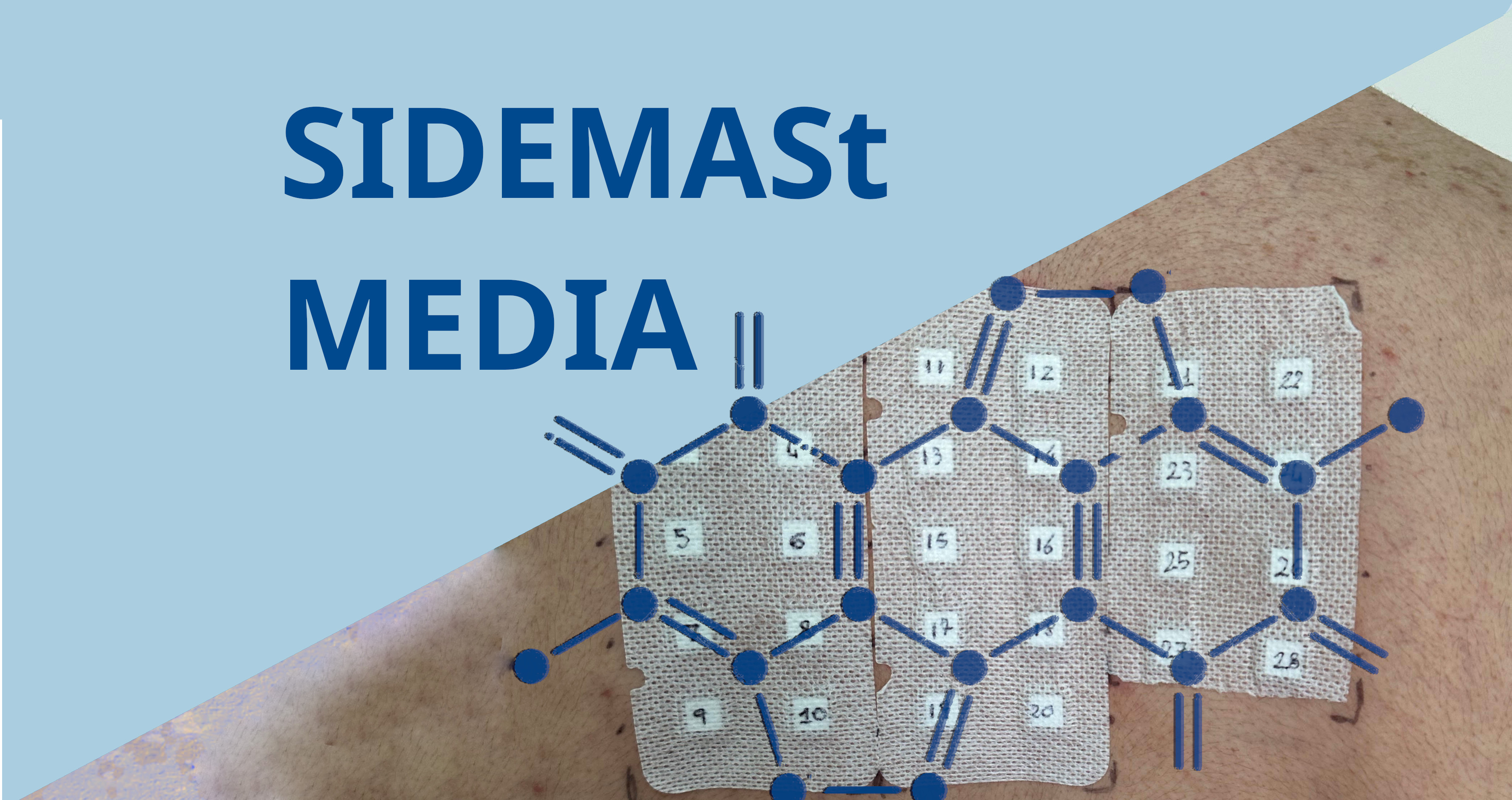Can an individual's risk factors for melanoma be used to tailor skin self-examinations and surveillance programs? A new study published online by JAMA Dermatology suggests they could by identifying those patients at higher risk who may benefit from increased surveillance.
Caroline G. Watts, MD, University of Sydney, Sydney, Australia, and colleagues examined clinical features associated with melanomas according to patient risk factors (many moles, history of previous melanoma, and family history of melanoma) to improve the identification and treatment of those at higher risk.
The study included 2,727 patients with melanoma, of whom 1,052 (39%) were defined as higher risk because of family history, multiple primary melanomas or many moles. The most common risk factor in this group was having many moles, followed by a personal history and a family history.
The authors reported that the average age at diagnosis was younger for high-risk patients (62 vs 65 years) compared with those patients at lower risk because they did not have these risk factors. However, that age differed by risk factor: 56 years for patients with a family history, 59 years for those with many moles, and 69 years for those with a previous melanoma.
Also, higher-risk patients with many moles were more likely to have melanoma on the trunk, those with a family history were more likely to have melanomas on the limbs, and those with a personal history were more likely to have melanoma on the head and neck.
Limitations of the study include risk factors based on physician recall and patient medical records. The authors also did not assess the reliability or validity of the risk factor data.
"The results of our study suggest that a person's risk factor status might be used to tailor their surveillance program in terms of starting age and education about skin self-examination or more intensive surveillance," the authors wrote.
SOURCE: JAMA Dermatology









